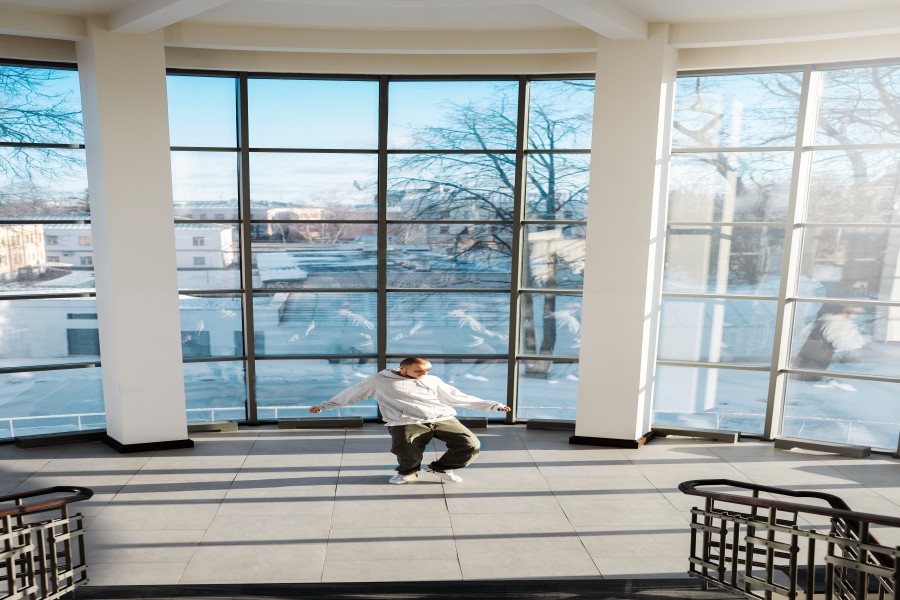No products in the cart.
Mastering Aluminium Sliding Window Installation: A Comprehensive Guide
In the realm of modern architecture and interior design, windows play a crucial role, not just in enhancing aesthetics but also in facilitating ventilation, natural light, and energy efficiency. Among the various types of windows available, aluminium sliding windows stand out for their sleek design, durability, and ease of operation. However, proper installation is key to unlocking their full potential. In this comprehensive guide, we delve into the intricacies of Aluminium sliding window installation, covering everything from preparation to finishing touches.
Understanding Aluminium Sliding Windows:
Before diving into the installation process, it’s essential to grasp the fundamentals of aluminium sliding windows. These windows consist of two or more horizontal sashes fitted with rollers at the bottom. They glide smoothly along tracks installed at the top and bottom of the frame, offering a contemporary and space-saving alternative to traditional hinged windows. Their lightweight yet robust aluminium frames make them ideal for both residential and commercial applications.
Pre-Installation Preparations:
A successful aluminium sliding window installation begins with thorough preparations. Here’s a step-by-step guide to get you started:
Measurement and Planning:
Accurate measurement of the window opening is crucial to ensure a precise fit. Measure the width and height at multiple points to account for any irregularities. Plan the layout, considering factors such as operable sash direction and desired placement within the room.
Gather Tools and Materials:
Equip yourself with the necessary tools and materials, including screws, caulking, shims, level, drill, screwdriver, and safety gear. Investing in high-quality components ensures long-lasting performance.
Prepare the Opening:
Clear the window opening of any debris or obstructions. Check for squareness and levelness, making adjustments as needed. Properly insulate the surrounding area to prevent air leakage and enhance energy efficiency.
Installation Process:
With preparations complete, it’s time to proceed with the installation:
Install the Frame:
Begin by positioning the bottom track at the sill, ensuring it is level and securely anchored. Attach the side jambs, followed by the head track at the top. Use shims to achieve proper alignment and spacing, checking for squareness at each step.
Mount the Sashes:
Carefully lift the sliding sashes into the frame, aligning them with the tracks. Test the operation to ensure smooth gliding motion. Install locking mechanisms and weather-stripping for added security and insulation.
Seal and Insulate:
Apply a bead of silicone caulking along the perimeter of the frame to seal any gaps between the window and the opening. Insert foam insulation between the frame and the rough opening to prevent drafts and moisture infiltration.
Fine-Tuning and Adjustments:
Make any necessary adjustments to ensure proper alignment and functionality. Test the operation of the sliding sashes, adjusting rollers and tracks as needed for smooth operation.
Finishing Touches:
The final steps of aluminium sliding window installation involve finishing touches to enhance aesthetics and functionality:
Trim Installation:
Install exterior trim around the perimeter of the window to provide a clean and polished appearance. Choose trim materials that complement the aluminium frame and blend seamlessly with the surrounding architecture.
Apply Exterior Finishes:
Apply exterior finishes such as paint or anodized coatings to protect the aluminium frame from corrosion and weathering. Select finishes that are compatible with aluminium and suitable for exterior use.
Interior Dressing:
Complete the installation by adding interior casing or trim to conceal any gaps between the window frame and the wall. Choose trim styles that complement the interior decor and provide a cohesive look.
Maintenance and Care:
Proper maintenance is essential to prolonging the life and performance of aluminium sliding windows. Here are some tips to keep them in optimal condition:
Regular Cleaning:
Clean the glass, frames, and tracks regularly to remove dirt, dust, and debris. Use a mild detergent and water solution for cleaning, avoiding abrasive cleaners that can damage the finish.
Lubricate Moving Parts:
Apply silicone-based lubricant to the tracks and rollers periodically to ensure smooth operation. Avoid using oil-based lubricants, as they can attract dirt and cause buildup over time.
Check for Wear and Damage:
Inspect the window components for signs of wear, damage, or corrosion. Replace worn weather-stripping, damaged rollers, or corroded hardware to maintain proper functionality.
Address Moisture Issues:
Keep an eye out for condensation or moisture buildup inside the window panes, as this can indicate seal failure or inadequate insulation. Address any issues promptly to prevent water damage and mold growth.
Conclusion:
Aluminium sliding windows offer a perfect blend of style, functionality, and durability, making them a popular choice for modern construction projects. By following the steps outlined in this comprehensive guide, you can master the art of aluminium sliding window installation with confidence and precision. Remember, attention to detail and proper maintenance are key to enjoying years of seamless performance and enhanced living spaces.


 WhatsApp Us 24/7
WhatsApp Us 24/7